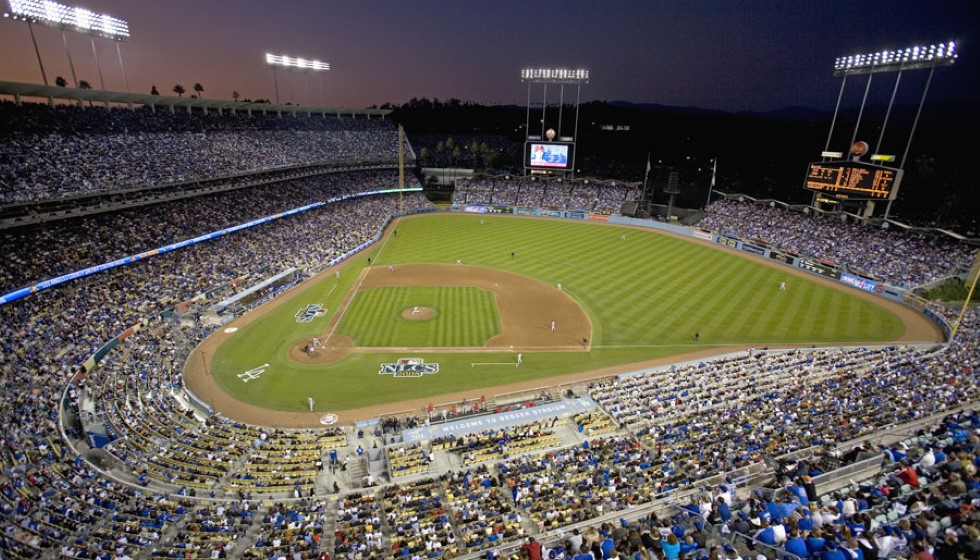
The recent Major League Baseball amateur draft has been nothing short of eventful, with significant shifts, substantial deals, and a wave of new talent poised to make their mark. By the signing deadline, almost all of the top 315 selected players had secured contracts, with only four notable exceptions.
Key Signings and Big Bonuses
Trey Yesavage and Vance Honeycutt were among those making headlines with their lucrative deals inked right before the deadline. Yesavage, a pitcher selected 20th overall by the Toronto Blue Jays, agreed to a $4,175,000 bonus. Honeycutt, chosen 22nd by the Baltimore Orioles, secured a $4 million bonus, further highlighting the financial commitments teams are willing to make for top-tier talent.
The Pittsburgh Pirates' ninth overall pick, Konnor Griffin, also commanded attention with his considerable $6,532,025 agreement. Yet, the highest bonuses went to Chase Burns and Charlie Condon, both securing a staggering $9.25 million. Burns was taken second overall by the Cincinnati Reds, while the Colorado Rockies selected Condon third overall. Travis Bazzana, selected first overall by the Cleveland Guardians, signed for $8.95 million, underscoring the Guardians' commitment to fortifying their roster.
Unsigned Talent and College Commitments
Despite the impressive number of signings, a few players opted to remain unsigned, choosing instead to pursue college commitments. Tyler Bell, picked 66th overall by the Tampa Bay Rays, chose a college commitment to Kentucky, while Chris Levonas, drafted 67th by the Milwaukee Brewers, committed to Wake Forest. Ryan Prager, selected 81st by the Los Angeles Angels, remained unsigned alongside Jaxon Jelkin, picked 263rd by the New York Mets.
These decisions will allow the Rays, Brewers, and Angels to receive compensatory picks in the 2024 draft, with the Rays poised to gain the 67th pick, the Brewers the 68th, and the Angels another selection after the third round. The landscape of next year's draft is already beginning to take shape as teams prepare to recalibrate their strategies.
Strategic Spending
This year's draft saw a total league commitment of $342 million, an 8.3% increase from last year’s $315.8 million. Teams skillfully navigated their signing bonus pools, with no team exceeding the permissible 5% margin. Twenty-three teams came close to their limits, utilizing nearly their entire allotted amounts, while the Arizona Diamondbacks spent exactly their pool amount. Conversely, six teams came under their signing pool amounts, with Tampa Bay falling $250,300 short and Colorado $87,300.
The Cleveland Guardians and Colorado Rockies were at the forefront of expenditures, each investing $19,236,100 in their selections. Trailing closely were the Cincinnati Reds, spending $17,156,100; the Oakland Athletics, disbursing $16,103,900; and the Chicago White Sox, allocating $15,267,500. On the opposite end of the spectrum, the Houston Astros were the most frugal, spending just $6,210,412.
Notable Stories from the Draft
Among the compelling stories, Caden Kendle stands out. A 10th-round selection by the St. Louis Cardinals in last year’s draft, Kendle went unsigned but was picked in the fifth round by the Minnesota Twins this year, signing for $147,500. His journey from unsigned draftee to securing a deal reflects the unpredictable nature of baseball’s draft process.
Looking at the overarching trends, the movement of players opting for college commitments over professional contracts provides a fascinating subtext. It underscores the balancing act between immediate professional opportunities and long-term development within collegiate programs.
This year's draft has set the stage for a new era of baseball, with fresh faces ready to take on the challenge of the major leagues. As teams and fans alike look forward to seeing these players develop, the ripple effects of these deals will undoubtedly influence the dynamics of baseball for years to come. The strategic decisions, substantial financial commitments, and the emerging new talent collectively contribute to the ever-evolving landscape of Major League Baseball.